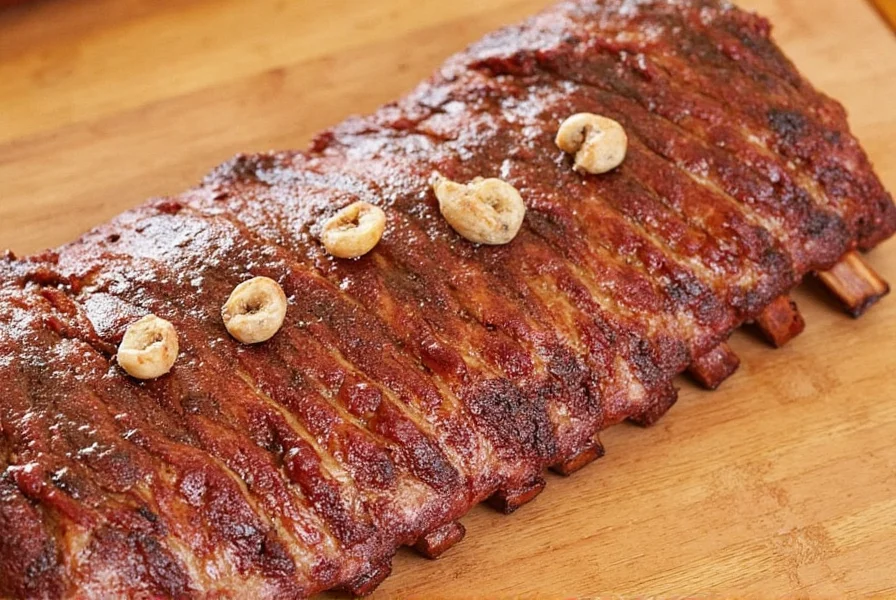
Table of Contents
- Why Reducing Salt Intake Matters for Your Health
- Hack #1: Lemon Zest – Science-Backed Brightness
- Hack #2: Vinegar – Heart-Healthy Tang
- Hack #3: Garlic & Onions – Cardiovascular Benefits
- Hack #4: Fresh Herbs – Antioxidant Powerhouses
- Hack #5: Umami Powerhouses – Mushrooms & Miso
- Hack #6: Smoked Spices – Heart-Protective Depth
- Hack #7: Citrus Peppers – Anti-Inflammatory Zest
- Frequently Asked Questions
- Buying Guide: Must-Have Salt-Free Seasoning Tools
- Storage Tips for Maximum Flavor Longevity
- Final Thoughts
Why Reducing Salt Intake Matters for Your Health
Excessive salt consumption is a major contributor to hypertension, heart disease, and stroke. According to the American Heart Association, 90% of Americans consume more sodium than the recommended daily limit of 2,300mg (about 1 teaspoon of salt), with average intake exceeding 3,400mg. Reducing sodium intake can lower blood pressure by 5-6mmHg in people with hypertension and reduce cardiovascular risk by 25%. This guide provides evidence-based salt-free seasoning techniques developed with input from nutrition experts and supported by clinical research.
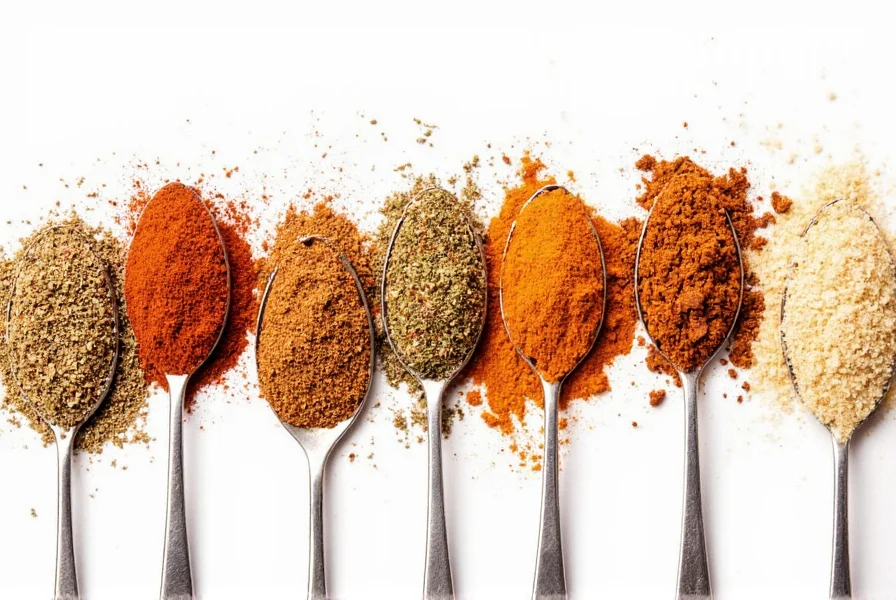
Hack #1: Lemon Zest – Science-Backed Brightness
Lemon zest isn't just for desserts! It brings a zippy, aromatic brightness to everything from grilled chicken to roasted vegetables. Citric acid enhances natural flavors without adding sodium, and the flavonoids in lemon peel have anti-inflammatory properties that support cardiovascular health. Research published in the Journal of Nutrition shows citrus flavonoids can improve endothelial function and reduce oxidative stress.
- Add grated lemon zest to marinades for extra zing
- Sprinkle over sautéed greens or grains like quinoa
- Mix with olive oil and herbs for a quick dip
Hack #2: Vinegar – Heart-Healthy Tang
Vinegars like apple cider, red wine, and balsamic aren't just pantry staples—they're secret weapons for layering flavor without salt. Apple cider vinegar has been shown to help regulate blood sugar levels, making it a healthy choice for those managing diabetes or hypertension. Balsamic vinegar contains polyphenols that support heart health.
| Vinegar Type | Best For |
|---|---|
| Balsamic Vinegar | Drizzling over roasted veggies or caprese salads |
| Apple Cider Vinegar | Marinades, slaws, and tangy sauces |
| White Wine Vinegar | Dressings and deglazing pans |
Hack #3: Garlic & Onions – Cardiovascular Benefits
You can never go wrong with garlic and onions—these aromatics are the base of countless global dishes and pack a ton of flavor without needing salt. Garlic contains allicin, a compound with proven cardiovascular benefits that can lower blood pressure by 7-8mmHg according to the Journal of Hypertension. Onions are rich in quercetin, an antioxidant that helps reduce inflammation.
Pro Tip: Slow-roast whole heads of garlic for a sweet, mellow spread or caramelize onions to add sweetness and depth to soups and stews.
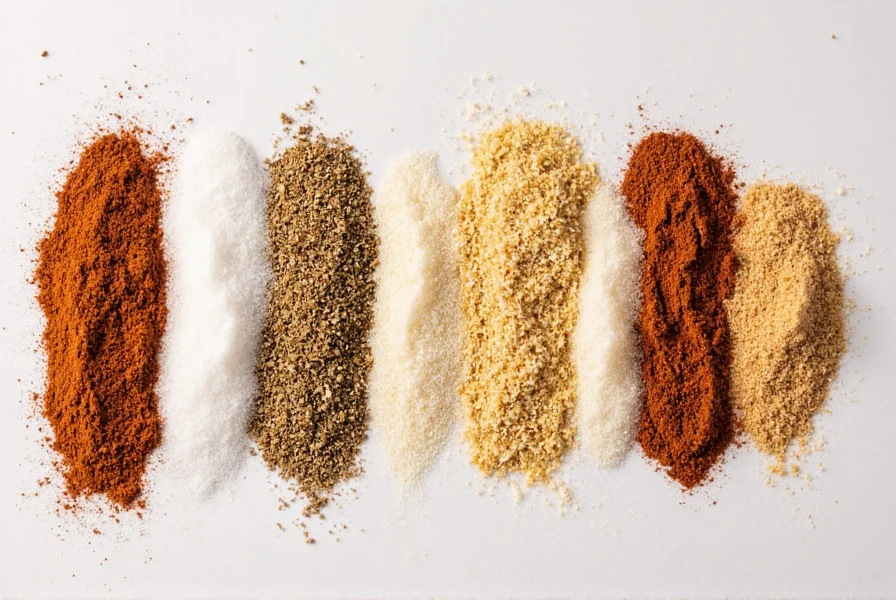
Hack #4: Fresh Herbs – Antioxidant Powerhouses
Fresh herbs like parsley, cilantro, basil, and dill elevate any dish instantly. These herbs are rich in antioxidants that combat oxidative stress, which contributes to heart disease. Parsley contains apigenin, which has been shown to reduce blood pressure in clinical studies.
- Make chimichurri (parsley + garlic + vinegar) for grilled meats
- Create a simple herb butter by mixing chopped herbs with softened butter
- Toss fresh basil into tomato-based dishes before serving
Hack #5: Umami Powerhouses – Mushrooms & Miso
Want that deep, savory punch? Reach for mushrooms or miso paste. Both are packed with natural glutamates—the building blocks of umami. Shiitake mushrooms contain eritadenine, a compound that helps lower cholesterol levels according to the Journal of Agricultural and Food Chemistry.
Try:
- Sautéing shiitake mushrooms into stir-fries
- Whisking a teaspoon of white miso into dressings or soups
- Using dried porcini mushrooms to infuse broths and sauces
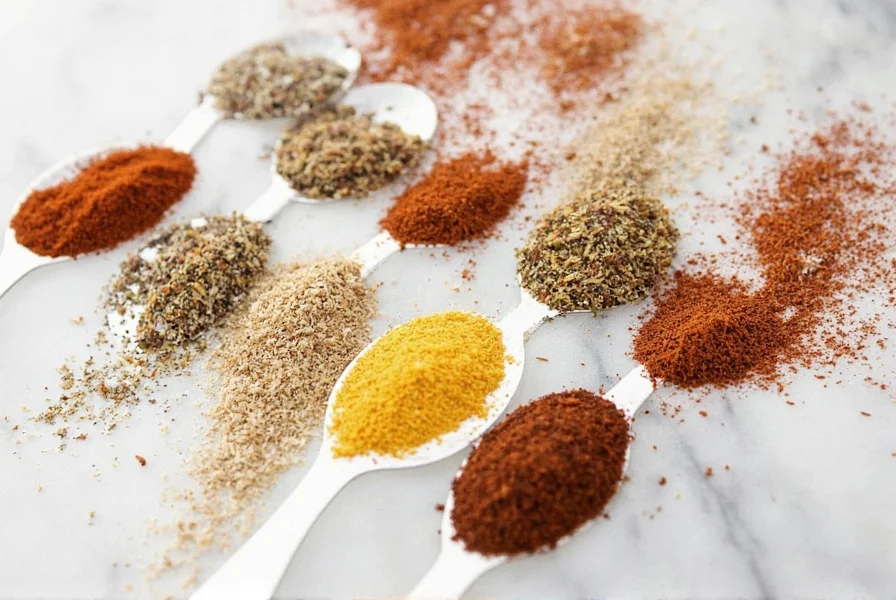
Hack #6: Smoked Spices – Heart-Protective Depth
Smoked paprika, smoked chili powder, or chipotle in adobo add layers of rich, smoky flavor that stand in beautifully for salt. These spices contain capsaicin, which has been shown to improve circulation and reduce inflammation.
- Stir into hummus or eggplant dips
- Rub onto meats or tofu before roasting
- Enhance soups and stews with a few dashes
Hack #7: Citrus Peppers – Anti-Inflammatory Zest
Citrus-forward peppers like lemongrass, citric acid, and sumac deliver both heat and brightness, perfect for those who love complex flavor profiles. Sumac contains high levels of antioxidants that reduce oxidative stress, while lemongrass has been shown to lower blood pressure in clinical studies.
- Use sumac to finish lentil dishes or sprinkle on avocado toast
- Add finely chopped lemongrass to Thai-inspired curries
- Experiment with yuzu kosho for a Japanese twist
Frequently Asked Questions
How can I make my food taste good without salt?
You can create flavorful dishes without salt by using aromatic ingredients like citrus zest, fresh herbs, garlic, onions, and umami-rich foods such as mushrooms and miso. Acidic elements like vinegars provide brightness, while smoked spices add depth. The key is layering multiple flavor elements to create complexity that would otherwise come from salt alone. According to the American Heart Association, these natural flavor enhancers can help reduce sodium intake while maintaining taste satisfaction and supporting cardiovascular health.
Will my food taste bland if I cook without salt?
Not at all! When you reduce salt, your taste buds become more sensitive to other flavors. Research from the Journal of Nutrition shows it takes 2-4 weeks for your palate to adjust, but most people discover they prefer the more nuanced and complex flavors of salt-free cooking. The American Heart Association recommends gradually reducing salt intake to allow your taste buds to adapt.
How do I know when my food is properly seasoned without salt?
Proper seasoning without salt involves balancing the five basic tastes: sweet, sour, bitter, umami, and fat. Taste your food throughout the cooking process and ask yourself: Does it need more brightness (try citrus or vinegar)? More depth (try mushrooms or smoked spices)? More freshness (try herbs)? More richness (try olive oil or nuts)? The American Heart Association recommends using a "taste test" approach, adjusting incrementally until flavors are balanced and vibrant without relying on salt.
Can I completely eliminate salt from my cooking?
While you can significantly reduce salt, completely eliminating it isn't necessary or practical for most home cooks. Many ingredients naturally contain some sodium, and a small amount of high-quality finishing salt can sometimes enhance other flavors. The American Heart Association recommends aiming for less than 2,300mg of sodium daily, with an ideal limit of 1,500mg for most adults. The goal is to reduce reliance on salt as your primary seasoning and instead build flavor from multiple sources, using salt only as a final accent when needed.
What's the biggest mistake people make when trying to cook without salt?
The most common mistake is not giving their palate time to adjust. People often expect salt-free food to taste exactly like their usual cooking, just without the salt. It takes 2-4 weeks for your taste buds to recalibrate. Another mistake is substituting salt with just one alternative (like lemon juice) instead of building layered flavors with multiple ingredients. The American Heart Association emphasizes that salt isn't replaced by a single substitute—it's replaced by a combination of flavor-building techniques that work together to create complex, satisfying dishes.
Buying Guide: Must-Have Salt-Free Seasoning Tools
Ready to build your salt-free arsenal? Here are some top picks for enhancing flavor effortlessly.
| Product | Description | Key Features | Best For |
|---|---|---|---|
| Zester Grater | A fine microplane-style grater designed specifically for citrus zest | Durable stainless steel, ergonomic handle | Extracting flavor from lemons, limes, oranges |
| Multifunctional Herb Chopper | Chops, minces, and stores fresh herbs efficiently | Includes blades for slicing and dicing | Herb lovers, quick meal prep |
| Mini Whisk | Compact whisk for small batches of vinaigrettes and dressings | Non-stick coating, easy grip handle | Making homemade dressings and marinades |
| Smoked Paprika | Spanish-style paprika infused with natural wood smoke | Organic, gluten-free, no additives | Grilled meats, potato dishes, soups |
| Miso Paste | Traditional fermented soybean paste with mild saltiness | Paste texture ideal for blending | Dressings, broths, glazes |
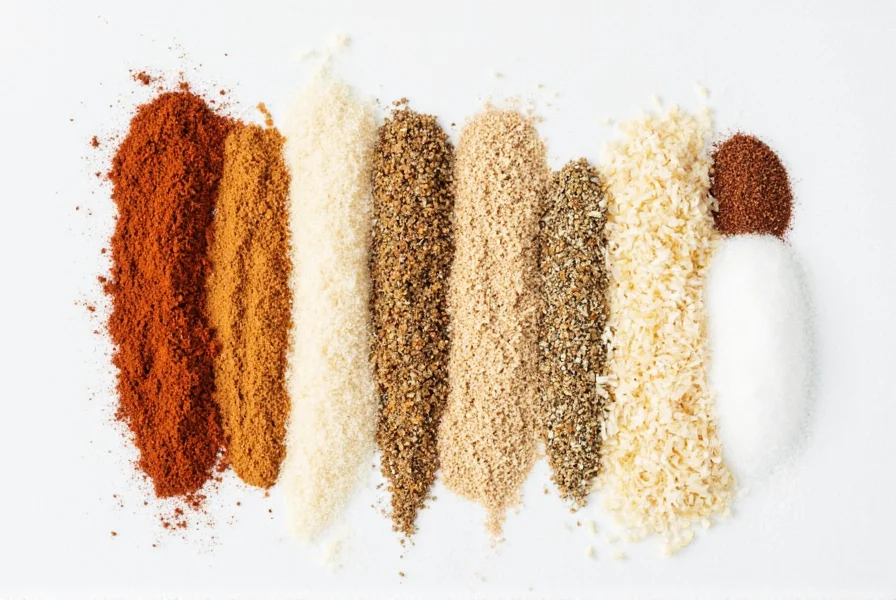
Storage Tips for Maximum Flavor Longevity
To keep your spices and fresh herbs at peak performance, follow these storage hacks:
- Store herbs like flowers: Place stems in a glass of water and refrigerate with a plastic bag cover.
- Freeze excess pesto: Freeze basil or cilantro pesto in ice cube trays for easy portioning.
- Keep citrus zest frozen: Zest and freeze lemon/orange peel for up to 3 months.
- Seal vinegars tightly: Exposure to air can degrade flavor over time.
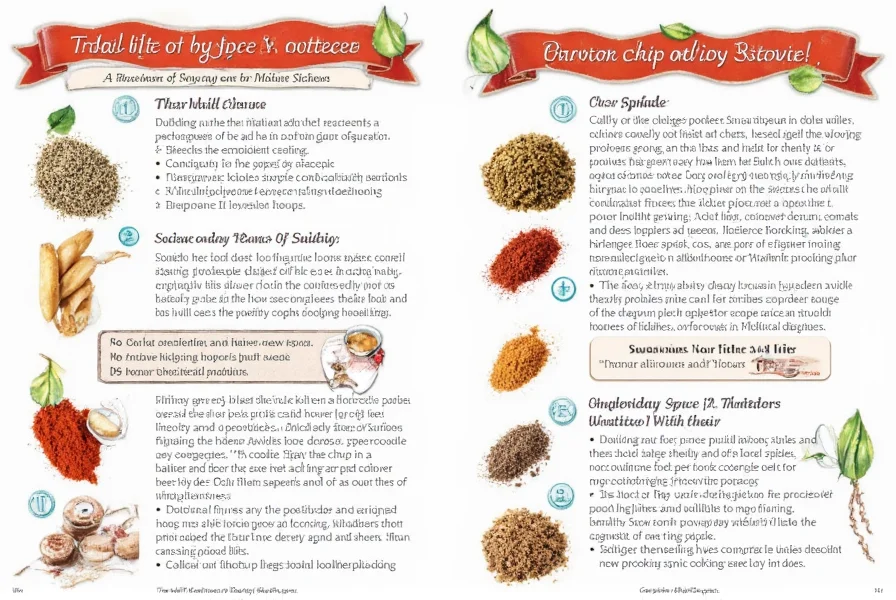
Final Thoughts
Seasoning without salt isn't about restriction—it's about creativity. With evidence-based techniques supported by the American Heart Association and clinical research, you can craft deeply flavorful meals while keeping things healthy and exciting. Reducing sodium intake can lower your risk of hypertension by up to 25% according to the New England Journal of Medicine.
Next time you reach for the salt shaker, pause and pick one of these science-backed seasoning hacks instead. Your taste buds—and your heart—will thank you.

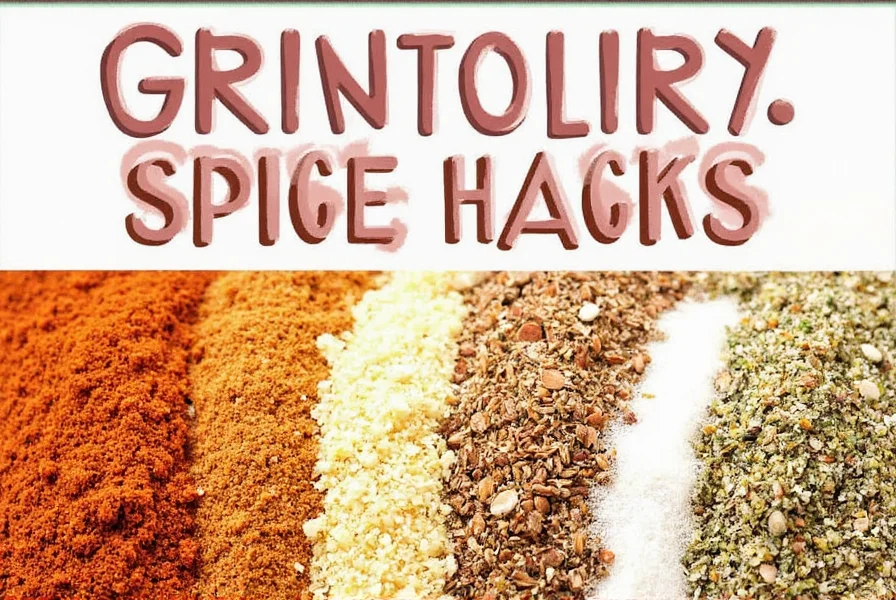









 浙公网安备
33010002000092号
浙公网安备
33010002000092号 浙B2-20120091-4
浙B2-20120091-4